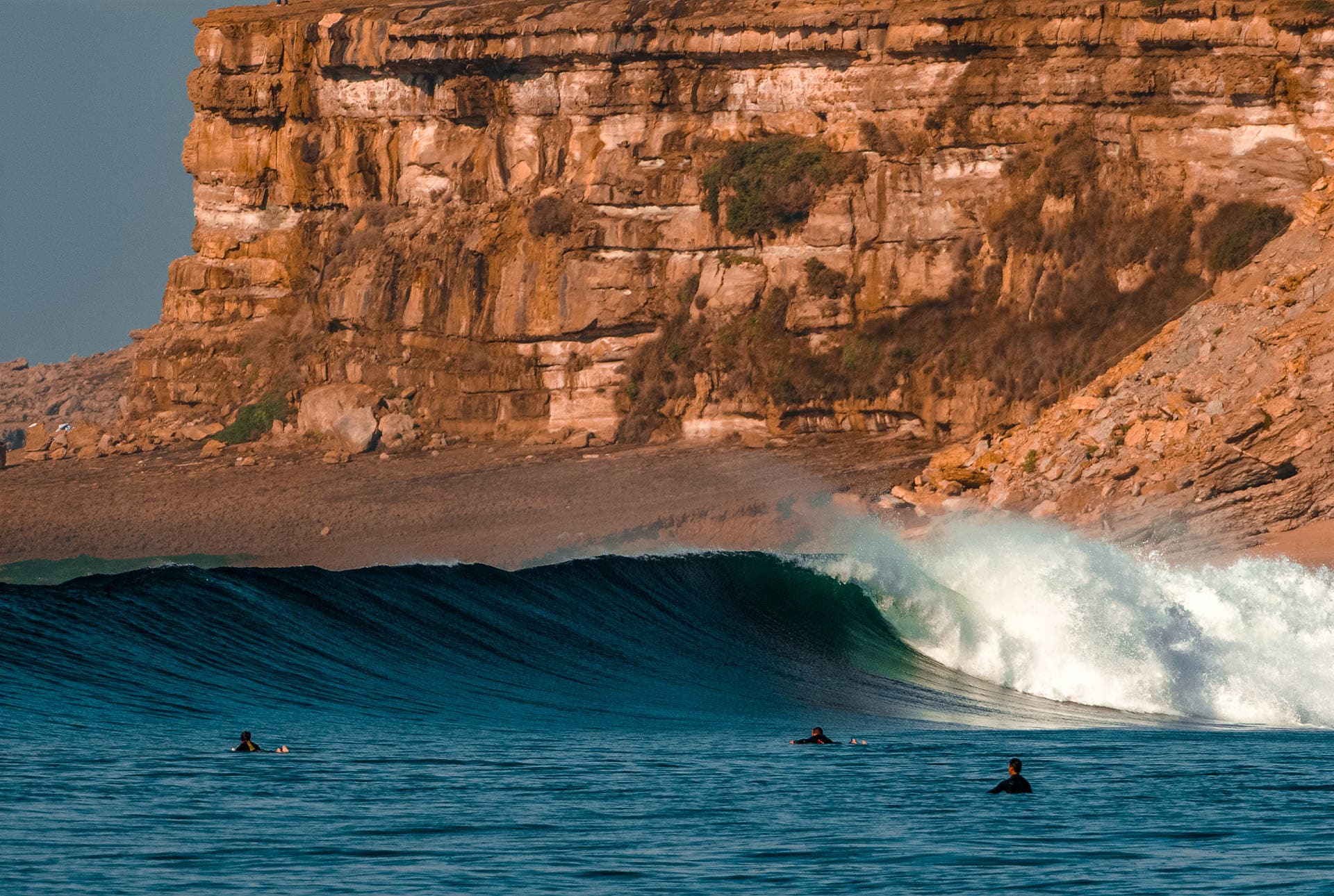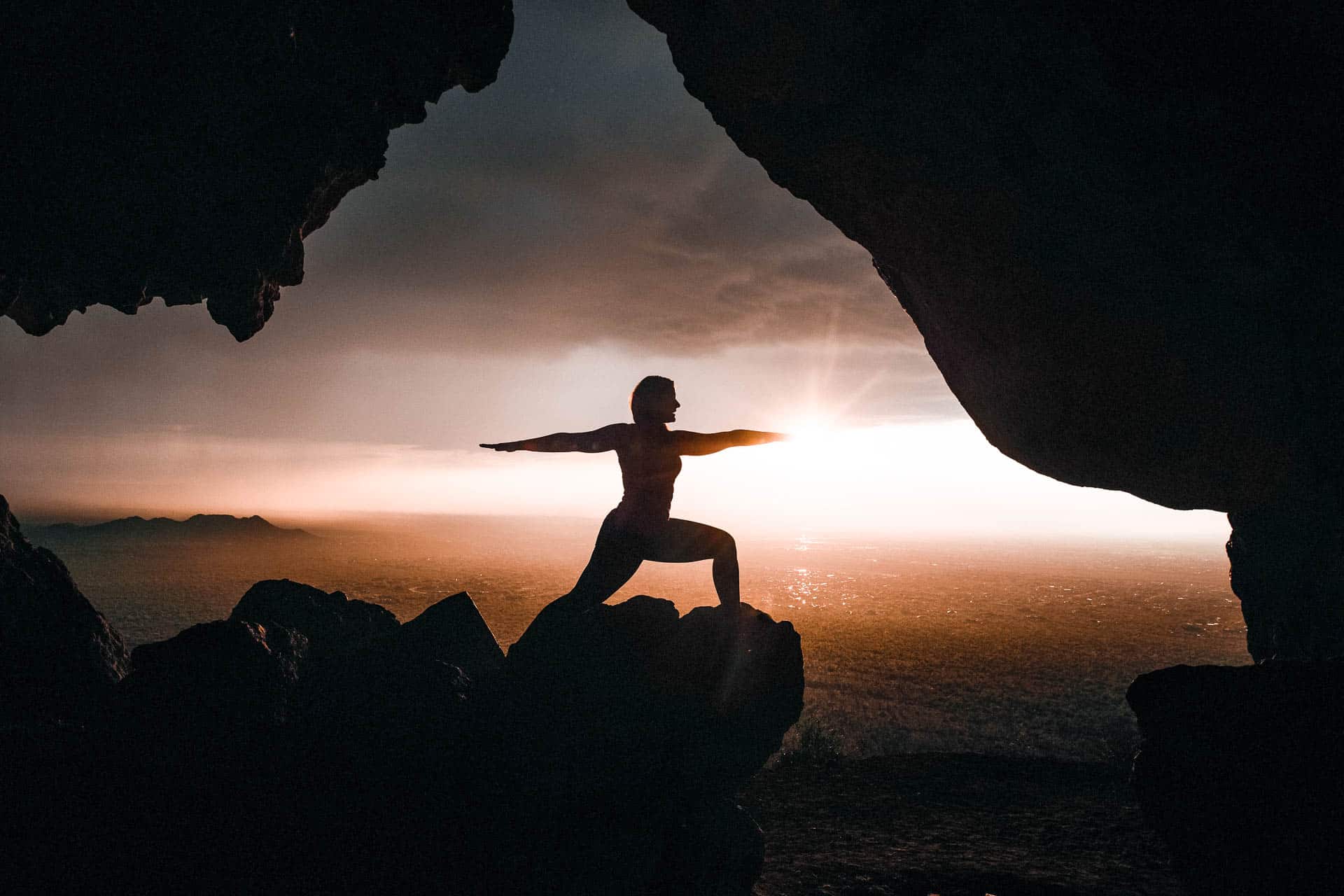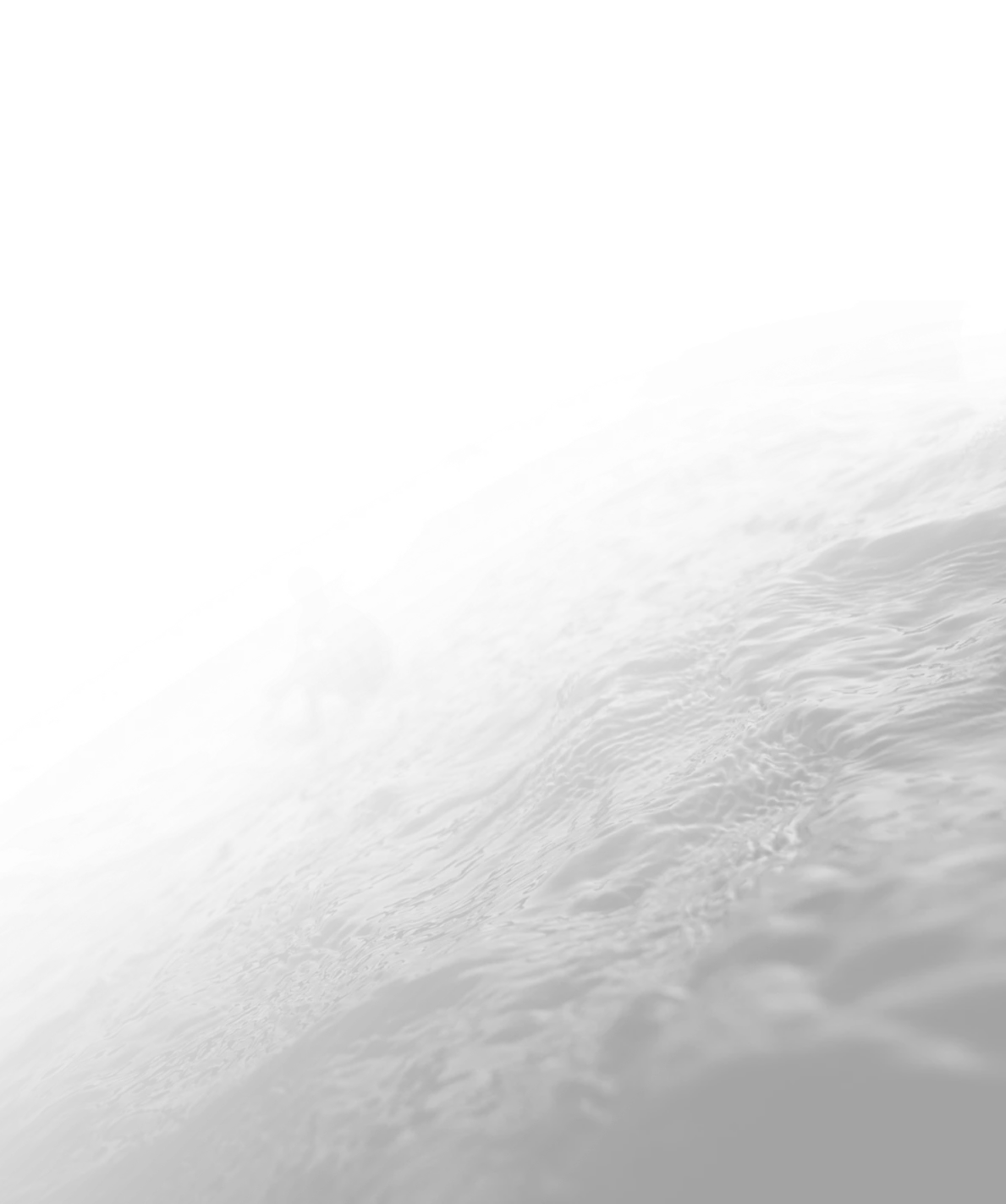Ready to embark on your very first overseas surfing adventure? Do yourself a favor and book a surf trip to Nicaragua with Rapture Surfcamps.
You can’t go past Nicaragua when it comes to planning your very first surf trip. The water is like a bathtub, many of the waves break over sand and the weather is quintessentially tropical. Meaning that even during the wet season you can still score blue-sky days.
In addition, Nicaragua is also easy to reach if you’re in America, the UK or mainland Europe. So when winter rolls around and you’re craving sun and playful surf, you can simply board a plane to escape the dreariness without too much travel required.
It’s what surfers have been doing for decades and now you can do it too. But since this surf trip would be your first, we thought we’d create an article to help you justify the decision to visit Nicaragua.
1. Beginner-friendly Beach Breaks
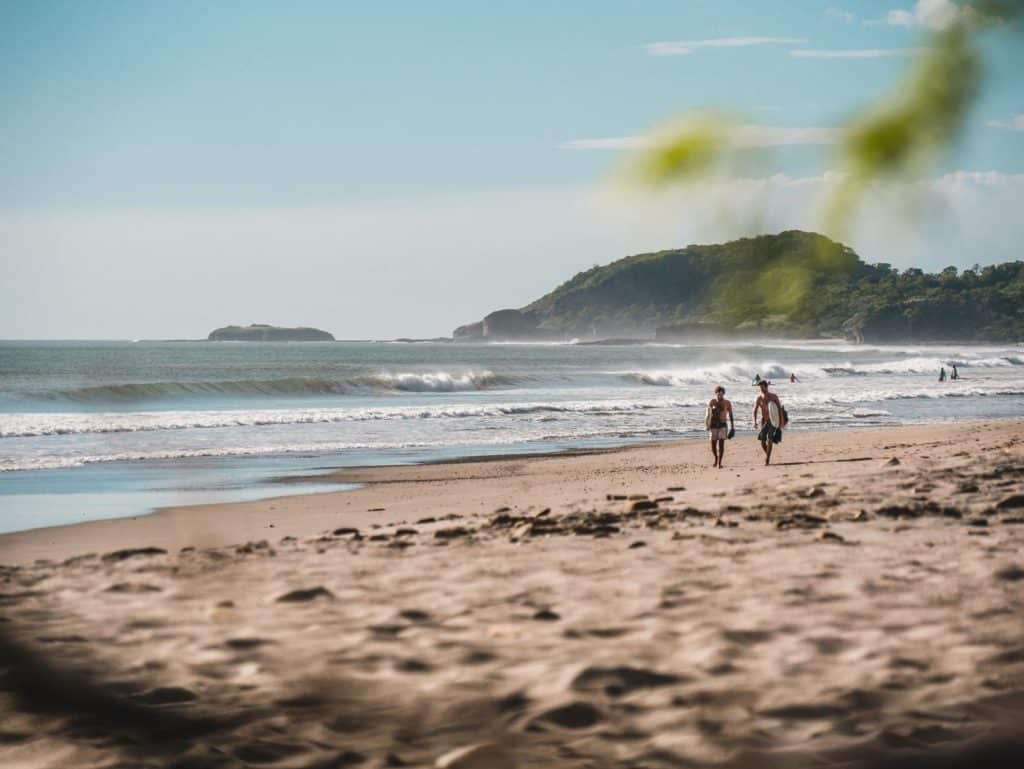
As a beginner, you’re probably not going to be charging too many waves of consequence. This means that slabbing reefbreaks and sketchy rock bottom pointbreaks will most likely be out of the question. Even though you can find more challenging waves to go surfing in Nicaragua, you’ll be happy to know that there are many sand-bottomed breaks available for beginner surfers in Nicaragua.
Playa Maderas, for example, is a sand bottom wave and a great break that you can surf while on your first surf trip in Nicaragua. Located a short 15-minute walk from the Rapture Surfcamp grounds, Maderas is a great training ground for surfers of all skill levels. The fact you can surf the whitewash as a beginner then paddle out further and catch “green” or unbroken waves once you progress is one of its best features.
Like all of the surf breaks in Nicaragua, Maderas is also jaw-droppingly beautiful. You might be focused on learning the fundamentals of surfing, but don’t be surprised if you find yourself standing in waist-deep water simply marvelling at the lush jungle that runs down to the beach. Creating an almost amphitheatre-style atmosphere that’s perfect for watching those famous Nicaraguan sunsets from.
In addition to Playa Maderas, we’re also within striking distance to a number of other beginner-friendly waves such as Playa Hermosa, Playa Remanso and Playa Escameca. You can visit these simply by arranging a surf trip with the friendly staff at our surf camp in Maderas. We can then drive you to and pick you up from each of these beaches.
2. You can nearly always find uncrowded waves
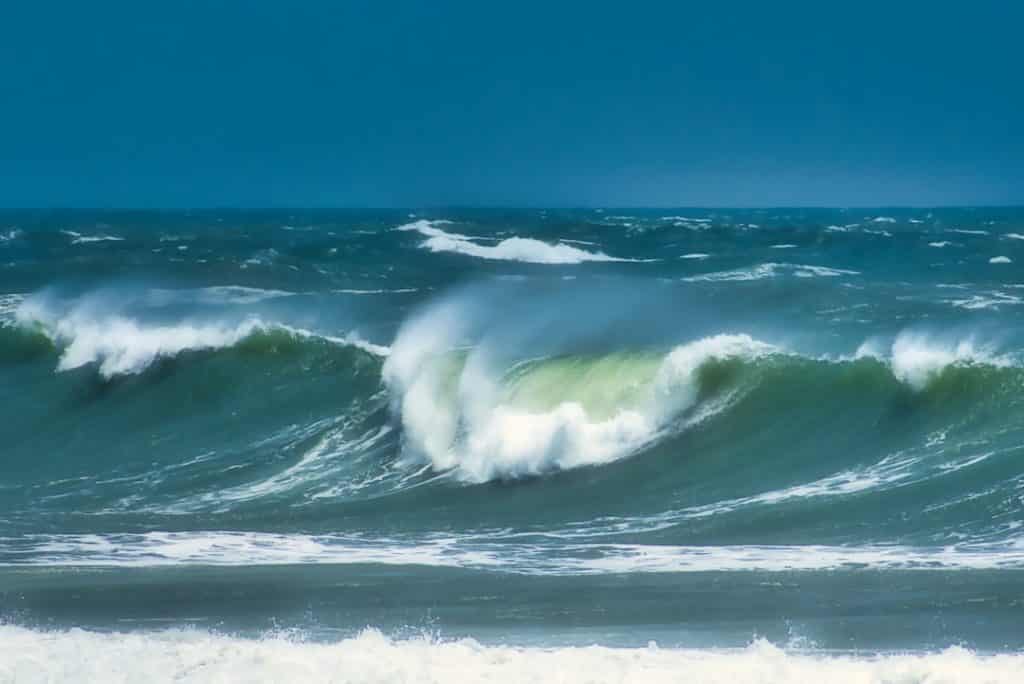
Chances are that as a beginner surfer you’re used to surfing with lots of other people. This is ok if the waves are good and you’re just happy picking off a fun little ride every half an hour or so. But after a while of patiently waiting your turn and only surfing the waves that other surfers let go or fall off on, you’ll undoubtedly get keen to snag a wave all to yourself.
When this time comes, surf breaks that are uncrowded will become your go-to destination for waves. Luckily for you, our team at Rapture Surfcamps in Maderas know every little nook and cranny on the coastline. This ensures we can find you a spot that has either zero or only a handful of other surfers in the lineup. Allowing you to catch waves on a consistent basis and really rack up a decent tally.
The best thing about surfing uncrowded waves as a beginner is that you can begin to hone your skills more sharply. In some of the busier learn to surf locations around the world, you may catch less than five waves in total in a couple of hours. By booking a surf trip in Nicaragua, however, you could potentially catch five waves in the space of thirty minutes if the conditions are right and the waves deliver.
Not to mention that a lineup void of people offers something of a Zen-like surfing experience. Where you can really enjoy waiting in between sets and not have to worry about bumping into another surfer or getting in someone’s way. To us, the promise of uncrowded waves is what gets us up in the morning. And if all goes to plan, it’ll be the thing that motivates you to continue surfing as well.
3. It’s a great place to learn how to read the conditions
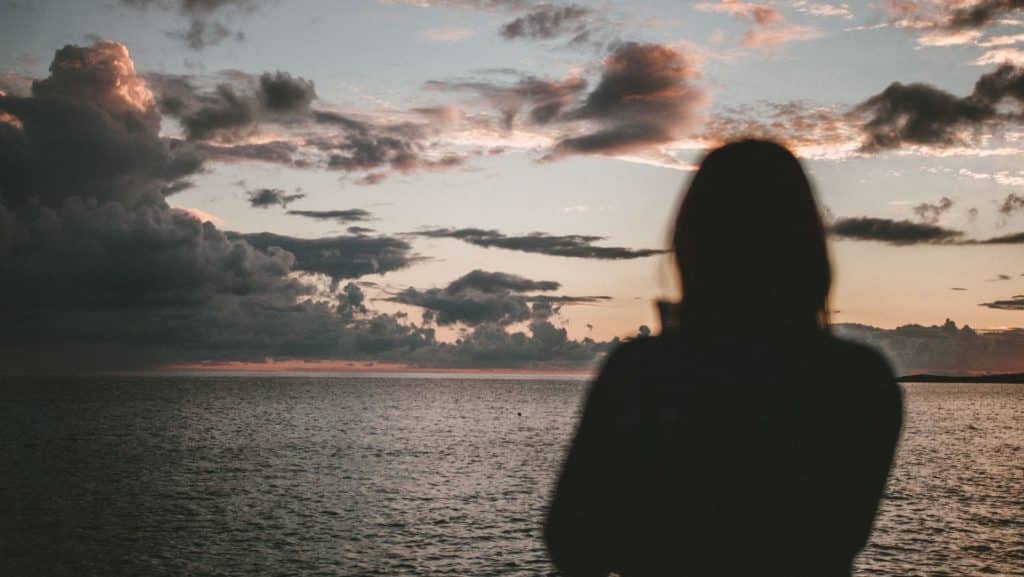
A big part of becoming a surfer is learning how to read the conditions. Do you know the difference between offshore and onshore wind? Are you aware of how an incoming and outgoing tide affect different waves? Would you prefer to surf in swell that’s forecasted at 7 seconds or 14 seconds?
If you don’t know the answer to any of these questions, you’re not alone. Many individuals who book a surf trip to Nicaragua are probably in the same boat. The beauty of staying with Rapture Surfcamps as opposed to other surf camps is that we actually take the time to teach you about the conditions. This is part of our holistic approach to surf coaching, which has an overarching aim to turn you into a fully competent, well-rounded surfer.
Being able to surf every day and keep an eye on the ocean means that you’ll quickly learn how to read the conditions. Before you know it, you’ll be assessing whether the waves are good or not almost subconsciously. Without the need to ask a more experienced surfer or refer to a forecasting site for the local surf report.
4. Plenty of swell and 300+ Days of Offshore Winds
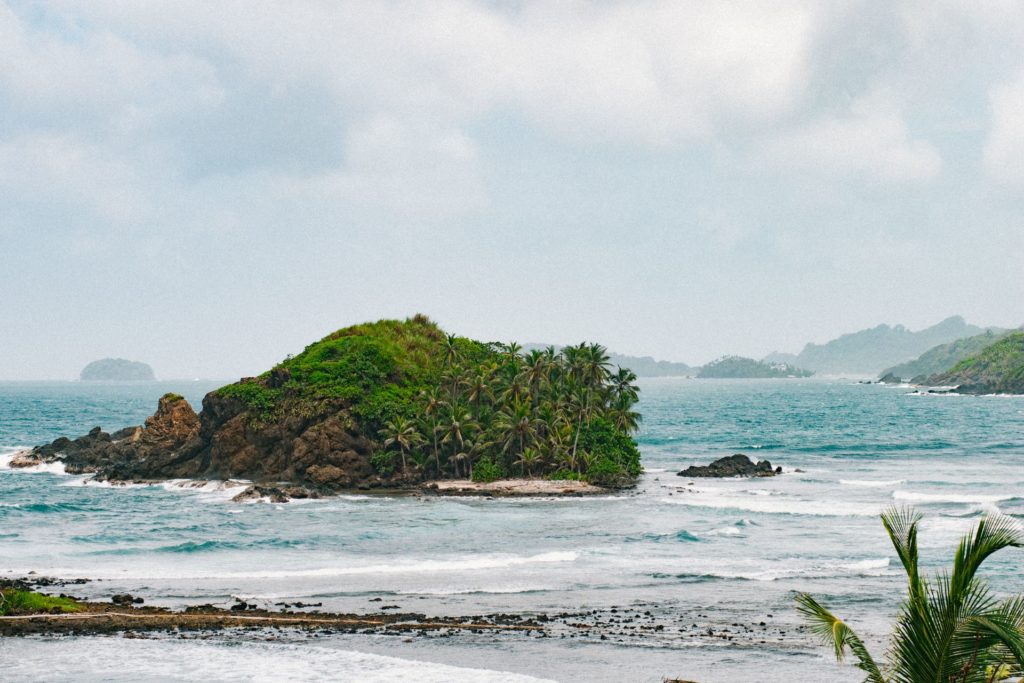
They say practice makes perfect and surfing is no different. Where surfing delineates from other sports though is that you can’t practice unless Mother Nature also cooperates. In short… no waves, no surf, no getting better.
Another massive advantage of booking your first surf trip to Nicaragua though is that there’s always plenty of swell and the wind blows offshore for nearly the entire year. As a beginner, this enables you to refine your skills on a day to day basis. Rather than surfing for a couple of hours one day and then having to wait multiple days before you can get in the water again.
Of course, the wet season that runs from mid-may through to mid-November sees the most consistent surfing conditions. With the country’s Pacific coastline lashed with swell from the north. However, due to some pretty unique geographical and meteorological factors that are better explained here, the wind in Nicaragua blows east to west for over 300 days a year. Grooming the swell on the Pacific coast and creating smooth, perfectly formed offshore waves.
For surfers and especially beginners, offshore waves are a dream to ride. Not only does an offshore wind make the surface of the wave much easier to surf, it also holds the lip up. Thereby giving you more time to get to your feet and therefore more opportunity to actually travel laterally on an unbroken wave.
5. You can learn from some of the more experienced surfers in the water
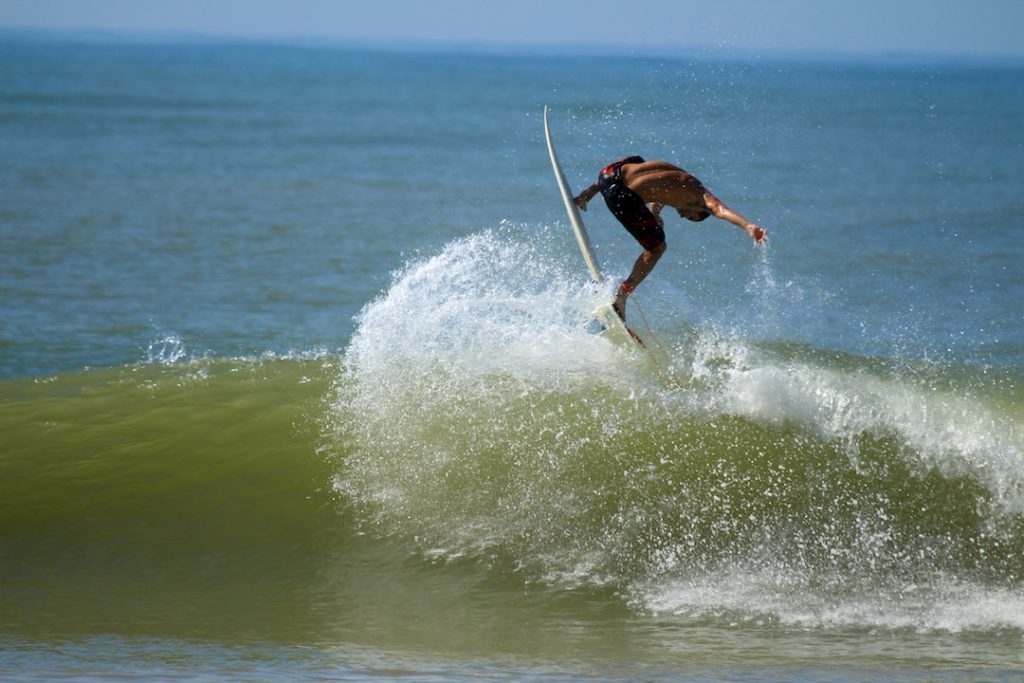
We told you that surfing takes practice and that’s damn true. But when you really start progressing and want to take your skills to the next level, hanging around more experienced surfers on your surf trip in Nicaragua is a good place to start.
Watching a surf flick is great and studying images in magazines to improve your style doesn’t hurt. However, actually sitting in the water and getting up close and personal with a proficient surfer is somewhat of a shortcut to surfing greatness. Watch how a veteran wave rider bends at the knees when they bottom turn, observe the way they paddle into a wave and try to remember the placement of their arms when they’re coming off the lip.
You might not be able to immediately implement some of the things you notice experienced surfers do on a wave. The fact that you can identify and start thinking about their technique is an awesome start though. Just try to remember not to be intimidated. Everyone who surfers was once a beginner, which means they were once learners like you. If it makes you feel any better, every surfer learns something about their own capabilities every time they paddle out.
6. We offer surf lessons in Nicaragua for beginners
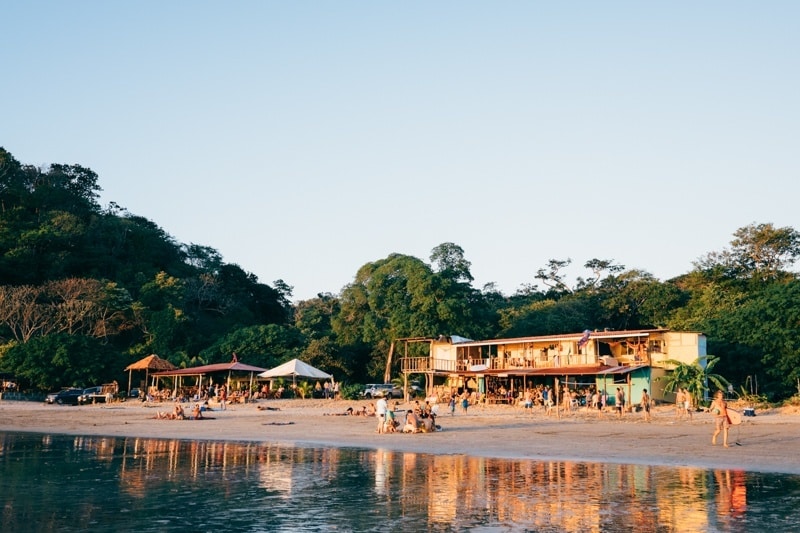
If you’d also like some professional guidance during your surf trip through Nicaragua, you’ll be happy to know that the team at Rapture Surfcamps also offers surf lessons for beginners. These lessons are run by fully-qualified surf instructors and take place at our local beach, Playa Maderas.
Booking a surf lesson with us is perfect if you haven’t been in the water for a while and feel the need for a bit of a refresher. They’re also ideal for those of you who are still only just learning how to get to your feet and ride a wave to completion. Our advice for anyone who isn’t confident catching waves by themselves is to book a surf lesson with the team at Rapture Surfcamps Maderas.
It’s the best way to take your surfing skills to the next level and you’ll no doubt make a lot of friends during your session. Because as we’ve said before, nothing brings people closer together than being dumped right next to each other on the same wave.
Ready to embark on your first epic surf adventure? Experience the magic of Nicaragua’s waves with Rapture Surfcamps Costa Rica. From the best breaks to top-notch accommodations, we’ve got you covered.
Start your surfing journey today and ride the waves with Rapture Surfcamps!
Hear What Rapture Surfcamps’ Guests Have To Say:
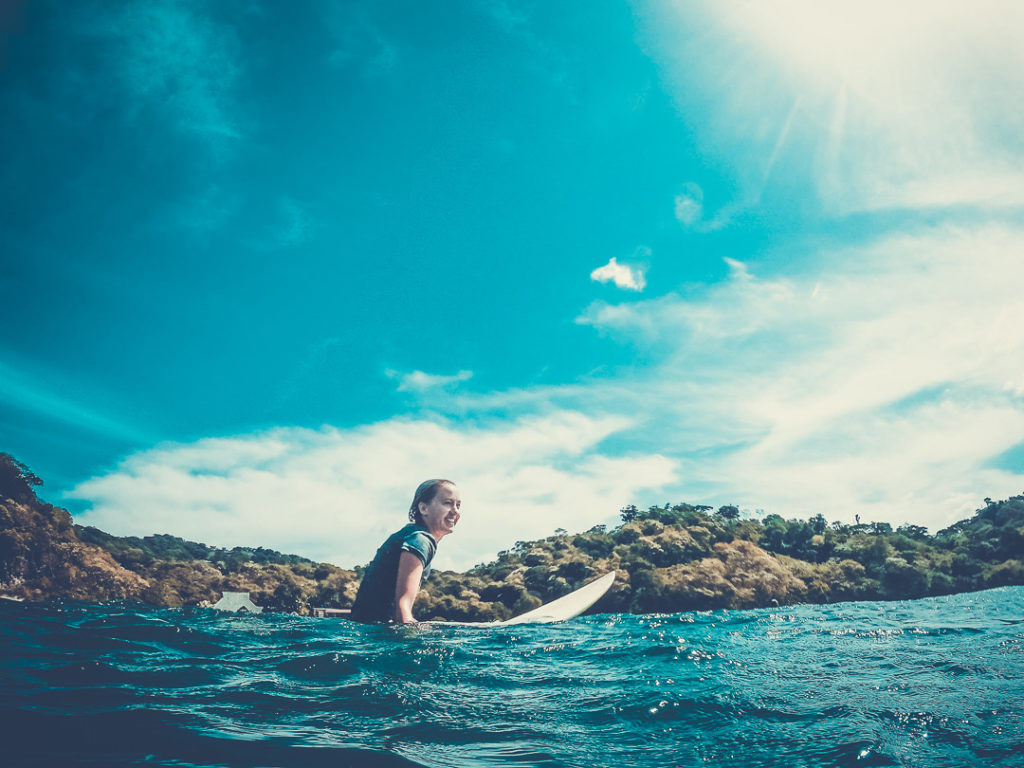
Book a surf trip with Rapture Surfcamps today NICARAGUA
Craving tropical weather and some of the best beginner waves on the planet?
For more information about our surf lessons in Nicaragua, get in touch with us today via email. You can even check out our surf camps located in Costa Rica, Indonesia, or Portugal.
VISIT OUR SURF SCHOOLFAQs
Nicaragua is celebrated for its consistent waves, diverse surf spots, and uncrowded beaches, making it an ideal destination for surfers of all skill levels. The country offers a laid-back atmosphere and stunning coastal landscapes.
The surf season in Nicaragua typically runs from April to October when the southern hemisphere swells hit the Pacific coast. However, there are waves year-round, providing options for surfers with varying preferences and skill levels.
Yes, Nicaragua has numerous beginner-friendly surf spots such as San Juan del Sur, Playa Maderas, and Popoyo. These spots offer mellow waves and are perfect for those learning to surf.
Experienced surfers often seek out challenging breaks like the Outer Reef at Popoyo, the Boom in Playa Santana, and the breaks around the Astillero area. These spots provide more advanced and powerful waves.
Yes, surfboard rentals are widely available in popular surf destinations across Nicaragua. Many surf camps, hostels, and local shops offer a variety of surfboards for rent, catering to different skill levels and preferences.
